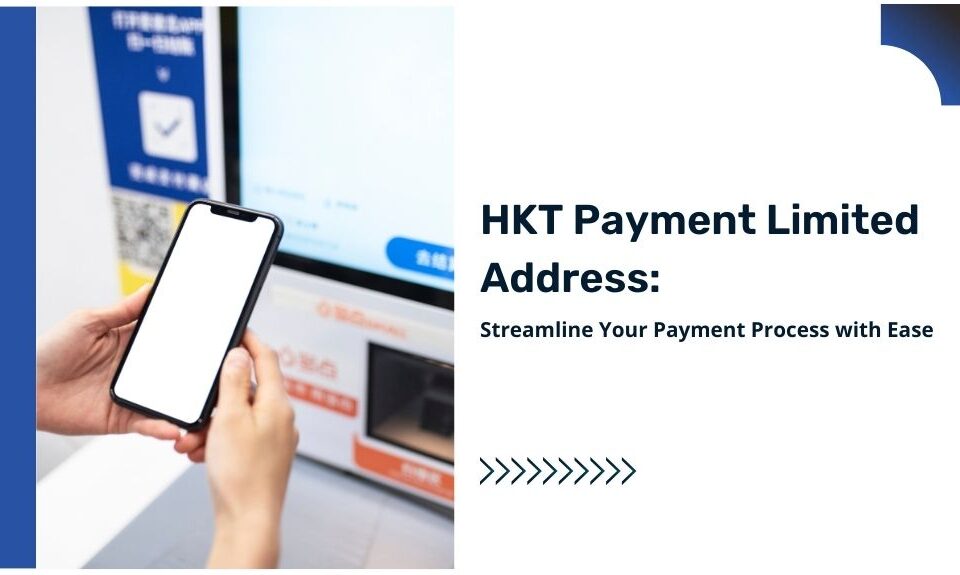How Integrated POS and Infrastructure Increases Acquirer Valuations
Who Owns the Merchant Relationships in My Merchant Portfolio? What Does This Mean for My Business?
June 24, 2022Pros and Cons of a Dedicated BIN: How it Affects My Merchant Portfolio
July 28, 2022It’s not difficult to see the appeal of modern systems for business as it has become a critical component for any business in the merchant world. POS systems have evolved to do far more than payment processing, offering a wide array of features that include essential business functions like real-time reporting, inventory management, and improvements to the speed and efficiency of the checkout process.
However, understanding the effect of technology and infrastructure investments on acquirer valuations is more complex. You can’t simply assign a dollar value to it.
This article will discuss how integrated POS and infrastructure changes and improvements increase acquirer valuations.
The Effect of Technology on Acquirer Valuation
For businesses, choosing a merchant services provider for their operations requires evaluating multiple factors, including their accepted currencies, fee structure, and payment security. If you research the most important factors when choosing a merchant acquirer, you will find technology topping the list. At least, not stated as one single factor.
That’s because POS integration, infrastructure upgrades, and general improvements brought upon by hardware or software upgrades are often divided into subcategories.
From the perspective of a business, technology’s role in acquirer valuation is reflected in the following areas:
- Feature availability: What kind of additional features does the acquirer offer? Payment reporting? API integration? User notifications?
- Customization: How much can the acquirer services be tailored to your business? Does the software and hardware they provide allow for additional integrations or modifications?
- Payment gateway: Do they provide payment gateway services? Are those services appropriate for your business needs?
- Security: What kind of security tools do they have? How do their systems improve business security?
- Fraud mitigation: How does the acquirer help the merchant prevent fraud? What kind of systems do they have to verify the authenticity of transactions?
Looking at this from the perspective of merchant acquirers, the value of technology is clear: it helps round up the acquirer’s services. It provides potential customers with features and services they want or need.
The right financial technology can help a merchant acquirer cover weaknesses in their current catalog of services, such as providing security and fraud mitigation features they might lack or payment integration they didn’t offer.
It could also strengthen their current offerings by supporting their services, such as using their payment data to give real-time customer reporting or allowing them to customize how some aspects of their POS system work.
But there’s more to the value of technology than appealing to new customers. It can also serve as a great retention tool.
It’s not hard to argue that providing modern POS systems that support the clients’ needs will keep them with you longer. However, another aspect of retention and integrated POS systems is equally effective: A client will have a harder time switching to another merchant services provider if their operations are intertwined with their technology.
Acquisition and Retention through Technology
Infrastructure technologies and integrated POS systems have two main benefits for merchant acquirers: improving client acquisition and increasing client retention.
Improving Client Acquisition
They help the merchant present a more robust offering by covering their weaknesses, strengthening their offerings, providing additional features, or combining them. The payment processing industry is rife with competitors at all levels, which means you can’t just offer the standard services and call it a day.
To capture the attention of prospective customers, your services must go above and beyond.
Extensive reporting, inventory management, increased efficiency in their operations through accessibility features, and any other features that would make their day-to-day operations smoother or more effective will give you an edge over your competitors.
Increasing client retention
It’s one thing for a merchant to split from a services provider when they only provide basic services. It’s another issue entirely when their day-to-day operations are centered around their POS system, which can create a retention tool.
A robust POS system can change a business by giving features that help them make their operations more efficient or expand. And once their business has shifted through these systems, it’s not so easy to change the status quo.
Switching providers after integrating a POS system could mean losing essential features and slowing operations. Finding a new provider is much more difficult when there’s a service that only the current one provides.
And that’s not to mention the costs associated with switching after installing an integrated POS system, which can easily be substantial.
Retention and client acquisition are important metrics in the payment processing world, making choosing the right financial technology more critical. You need one that helps improve your services and creates a “soft” impediment for clients when disconnecting from your services.
How to Balance Legacy and Smart POS Systems
One issue with new technologies is that they can present a challenge in a world where many merchants still use and even prefer traditional infrastructure, which requires merchant acquirers to adopt techniques that allow them to balance traditional and modern technologies.
When it comes to providing and supporting POS systems, a merchant acquirer should consider the following:
- Continue supporting traditional infrastructure as needed, but help clients move away from legacy systems to more modern technologies.
- Consider financial technologies that allow you to support both modern and traditional POS systems and infrastructure without creating additional issues.
- Leave the decision to switch to the merchant, but continue improving your service offerings so they can see the value of technology.
You must remember that the point of providing integrated POS systems and infrastructure is ultimately to gain more clients and help you keep them with you. While choosing the most modern option available might seem the right choice, it could alienate a portion of your user base.
You need to consider the needs of your business and those of your potential and current customers.
Conclusion
There’s more to merchant acquirer valuation and its connection to financial technologies than meets the eye. Not only do these technologies improve your service offerings, which in turn helps grab the attention of potential customers. They also create an invisible barrier for customers that join you, making it more difficult to leave, making technology investments a two-pronged approach to client acquisition and retention.
However, you can’t choose complementary technologies solely based on what they offer. You must also consider your business, what would fit best, and your user base and their business needs



